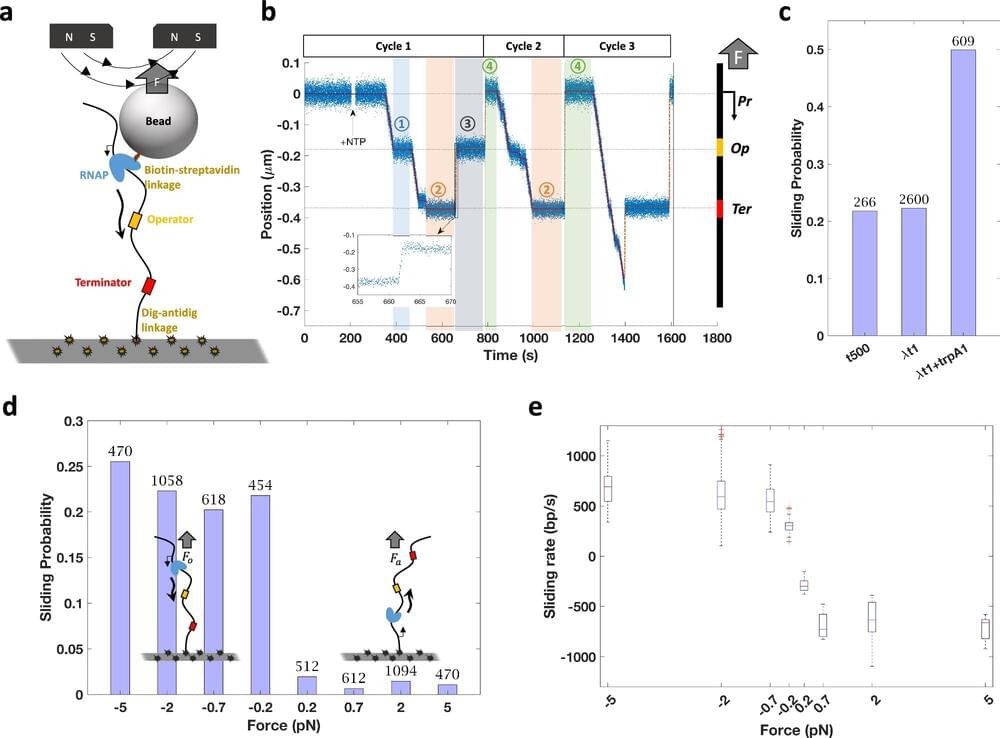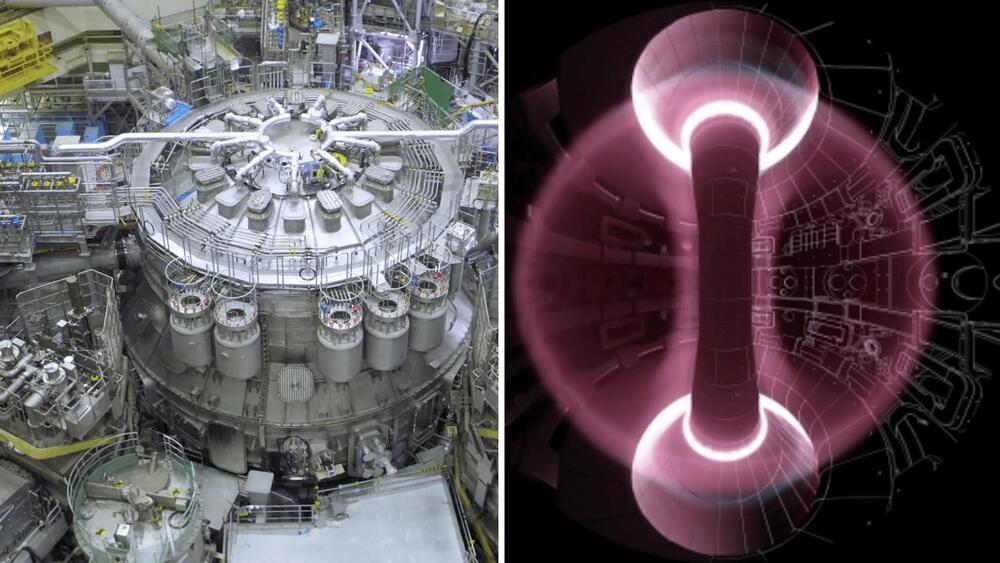A laser pulse surpassed the speed of light, bending the universe’s laws and opening new tech possibilities.



In a surprise revelation, Toyota has sent shockwaves throughout the automotive world with an all-new engine that melds combustion technology with the potential for zero emissions. This stealth development may transform our thinking about green energy and the future of transportation. For two decades, the world has been struggling over what the road to sustainable transport would look like, and to date, EVs have proven a front-runner. However, Toyota’s latest development puts a monkey wrench into that thinking by suggesting that a hydrogen-powered combustion engine may be what carries us into the future.
While Toyota is no stranger to innovation—it gave the world its first mass-produced hybrid, the Prius, back in 1997—it has traditionally taken a more cautious approach toward anything resembling an electric vehicle. Less conservatively speaking, the hydrogen-powered combustion engine signifies a quantum leap. This latest motor technology is based on a variant of the same 1.6-liter turbocharged three-cylinder used in its GR Corolla and GR Yaris. Instead, it relies on hydrogen, not traditional gasoline, to run the engine, making it cleaner than conventional combustion engines.
This innovative engine could also hold the key to one of the most significant challenges for the car-making industry: balancing high performance with sustainability. While electric cars take away that visceral experience from driving enthusiasts, Toyota’s hydrogen engine ensures a gasoline-powered car’s rumble, response, and mechanical integrity. The company tested it thoroughly through the grueling conditions of motorsports, including endurance events such as the Fuji 24 Hours.





Summary: Researchers have developed a molecule called LaKe that mimics the metabolic effects of strenuous exercise and fasting. This molecule increases lactate and ketone levels in the body, providing similar benefits to running 10 kilometers on an empty stomach, without physical exertion or dietary changes.
Currently being tested in human trials, LaKe shows promise for helping people with limited physical ability maintain health, and may also aid in treating brain conditions like Parkinson’s and dementia. The discovery offers a potential new path for those unable to follow strict exercise or fasting routines.


The researchers also gathered behavioral data, asking participants how strongly they felt the emotions described in each story and how similar these feelings were across different objects of love. This helped the team link subjective emotional experiences to the observed brain activity.
“We use state-of-the-art technology to measure what happens in the brain when a person feels love,” Rinne told PsyPost. “We studied many different types of love and were able to show how different types of love activate the brain in different ways. Our results help explain why the word ‘love’ is used in so many different contexts. Our research also offers insights into why we feel stronger affection for those we are close to compared to strangers, even though the underlying brain processes of affection are the same for all types of interpersonal relationships.”
The study found that different types of love engage both shared and distinct regions of the brain. At a general level, all types of love activated areas associated with social cognition, including the medial prefrontal cortex, the temporoparietal junction, and the precuneus. These regions are involved in understanding others’ thoughts and emotions, a process known as theory of mind. This suggests that even when we experience love for non-human objects, like nature, our brain still engages these neural pathways.
